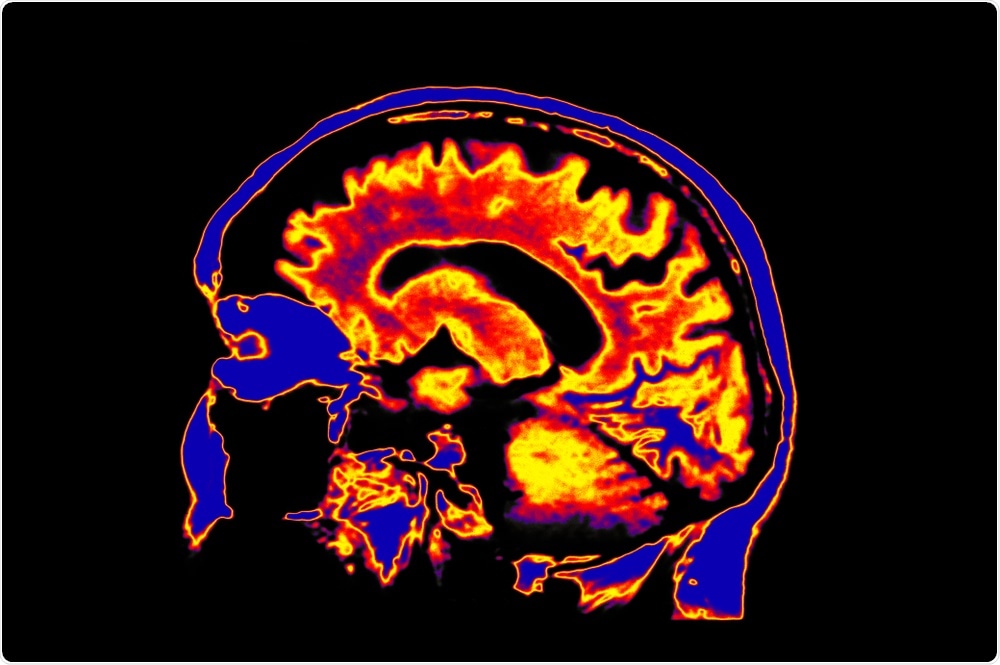Neuroscientist Andrey Vyshedskiy from Boston University has recently published a paper that could explain the long-standing mystery surrounding language evolution that has baffled scientists for decades.
Vyshedskiy’s hypothesis, called “Romulus and Remus,” proposes that a genetic mutation slowed the development of the prefrontal cortex (PFC) in two or more children and triggered a cascade of events that enabled the acquisition of recursive language and modern imagination 70,000 years ago.
 Daisy Daisy | Shutterstock
Daisy Daisy | Shutterstock
Scientists baffled for years
Archaeological and genetic evidence has previously indicated that the speech apparatus had mainly reached modern configurations before humans diverged from Neanderthals 600,000 years ago.
Since chimpanzees already have up to 100 vocalizations, it is probable that 600,000 years ago, the modern-like remodeling of the vocal apparatus had expanded the number of different vocalizations among our ancestors to a range similar to that of today.
However, artifacts that indicate modern imagination such as bone needles with eyes, dwellings, and composite figurative arts only arose around 70,000 years ago. The half-million-year period in between the acquisition of modern speech apparatus and modern imagination has intrigued scientists for decades.
The development of imagination in children
While studying how imagination is acquired in children, Vyshedskiy and colleagues found that modern children who have not been fully exposed to language during early childhood never acquire a form of constructive imagination called Prefrontal Synthesis (PFS), which is essential for juxtaposing objects pictured in the mind.
For example, it is not possible to distinguish between the sentences "A dog bit my friend" and "My friend bit a dog” using grammar alone because the words and grammatical structure are the same. The ability to understand the misfortune of the first sentence and the humor of the second depends on the ability to juxtapose the friend and the dog mentally and that is only possible once the PFC has formed.
Similarly, the ability to understand a nested sentence such as “a snake on the wall near to the tree behind the hill” depends on the ability to combine the objects pictured into a scene. These flexible object combination and nesting, also called recursion, are common features of all human languages, hence linguists refer to them as recursive languages.
Exposure to recursive language required for Prefrontal Synthesis (PFS)
Vocabulary and grammar can be acquired throughout a person’s lifetime, but the development of PFS depends on exposure to recursive language during early childhood. Children who are not exposed during this critical period never acquire PFS and, as adults, will never understand spatial prepositions and recursion.
Pre-modern humans would also not have been able to learn recursive language, meaning adults could not teach it to their children, who, in turn, would never acquire PFS. Therefore, the strong critical period for PFS acquisition forms an evolutionary barrier for recursive language acquisition.
A second evolutionary barrier was the rate of PFC maturation. In modern children, the critical period for acquiring PFS ends at around the age of five, but if this period ended by the age of two in pre-modern children, they would not have been able to acquire PFS. A longer critical period was essential if a child was to have any chance of acquiring PFS through exposure to recursive language.
Humans jumped both barriers
As reported in the journal Research Ideas and Outcomes, Vyshedskiy developed an evolutionary mathematical model which predicted that humans jumped both barriers within several generations. This is because a “PFC delay” mutation common to all modern humans, but not Neanderthals, is deleterious and would have been lost in a population that did not have PFS acquisition and recursive language.
The model, therefore, suggests that this mutation prompted the simultaneous acquisition of PFS and recursive language.
The Romulus and Remus hypothesis
To be correct, this Romulus and Remus hypothesis would require:
- Two or more children with extended critical periods due to the presence of the mutation
- These children spending long periods of time talking to one another
- The creation of recursive elements of language such as spatial prepositions
- The acquisition of recursive-conversation-dependent PFS
- The teaching of recursive language to offspring
The hypothesis is based on the twin founders of Rome, Romulus, and Remus, whose caregiver was a wolf. The real children would have been exposed to the animal-like communication that the legendary pair would have been exposed to, which would have consisted of many words but no recursion.
The children’s parents would not have been able to teach them spatial prepositions or recursion and they would have had to invent recursive elements of language independently. This phenomenon has been observed in modern children, for instance among deaf children in Nicaragua.
The development of a ‘behaviorally new species’
Vyshedskiy says the acquisition of PFS and recursive language 70,000 years ago resulted in what was essentially a ‘behaviorally new species’: the first behaviorally modern Homo sapiens.
This newly acquired power for fast juxtaposition of mental objects in the process of PFS dramatically facilitated mental prototyping and led to fast acceleration of technological progress. Armed with the unprecedented ability to mentally simulate any plan and equally unprecedented ability to communicate it to their companions, humans were poised to quickly become the dominant species."
These humans were very similar to contemporary humans because they possessed the culturally transmitted recursive language and the innate predisposition towards PFS that was enabled by the "PFC delay" mutation.
Journal reference:
Vyshedskiym A. (2019). Language evolution to revolution: the leap from rich-vocabulary non-recursive communication system to recursive language 70,000 years ago was associated with acquisition of a novel component of imagination, called Prefrontal Synthesis, enabled by a mutation that slowed down the prefrontal cortex maturation simultaneously in two or more children – the Romulus and Remus hypothesis. Research Ideas and Outcomes. https://doi.org/10.3897/rio.5.e38546.